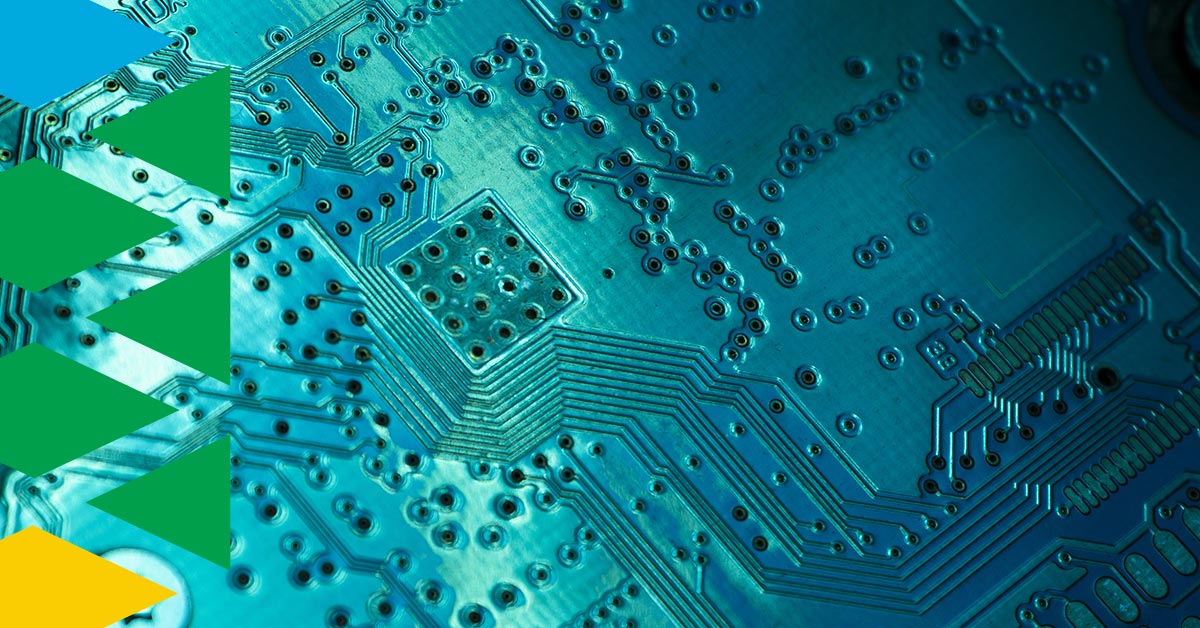
How to Keep Your Workforce Equipped Despite Global Microchip Challenges
In the world of technology and IT, one of the most well-documented issues that have arisen during the COVID-19 pandemic has been problems with supply chains—particularly microchip manufacturers. Chip lead times are currently taking over 20 weeks from order placement to delivery, according to a report from Susquehanna Financial Group. This 20+ week wait represents the slowest lead time since the data began being tracked.
The Current Microchip Shortage and its Impact on the IT Supply Chain
Due to this significant semiconductor shortage, companies from around the world are looking for a solution to avoid disruption from a dearth of IT equipment. Here are three strategies that your organization can use to keep your workforce well-equipped with proper computers, laptops, and other tech hardware.
PC as a Service/Device as a Service
The PC as a Service alternative has become wildly popular for businesses across the world. This option allows companies to lease and license PCs, computers, and other devices from IT providers. Not only does PC as a Service help companies save money by shifting costs to operating expenses—rather than capital expenditures—but it also allows them to reap the benefits of deployment, 24/7 support, and end-of-life services. For companies that are constantly scaling up or paring down the size of their workforces, PC as a Service enables them to flexibly and effectively support their employees without suffering from device shortages or surpluses.
User Personas
Companies can create unique user personas to fit the needs of their workers. Whether employees are working in the office, handling business from home, or traveling to nationwide meetings or conferences, organizations can empower their workforce with the right technology depending on the type of hat they are wearing on a particular day. Workforce personas can be broken down between workplace users, mobile users, and specialized power users. By aligning services to support these personas, companies can more effectively simplify their consumption of IT resources—which can generate ongoing time and cost savings in future generations of the workforce.
Bring Your Own Device (BYOD)
The Bring Your Own Device (BYOD) approach has proven effective for organizations that want to recruit top talent and offload pieces of the IT procurement process. While this model may cause some data security and privacy concerns, it can be a great way to stay versatile and reduce onboarding times. Employees—particularly those in software development and coding positions—have allegiance to leading tech companies like Apple and Dell. By deploying a proven two-factor authentication process, enforcing a BYOD policy best practices, and allowing these workers to utilize their personal devices for work purposes, your organization can benefit from enhanced work productivity and increased worker satisfaction.
Summary
Some of the greatest technological innovations that the world has ever seen were created to generate solutions to complex problems. In today’s current environment—one dominated by the coronavirus—companies are being forced to get in touch with their creative sides to work around these global tech and operation troubles. As microchip manufacturers have been unable to accelerate production, businesses must continue to utilize strategies like PC as a Service, user profiles, and BYOD to avoid being plagued by shortages in tech devices.
Looking to better understand the value of IT outsourcing? Check out this article that explains why working with an IT services provider is an ideal solution for your company.
For more IT tips and strategic insight, check out our Lume blog.
This blog was written by Michael Hensley, Lume’s Director of Professional Services.